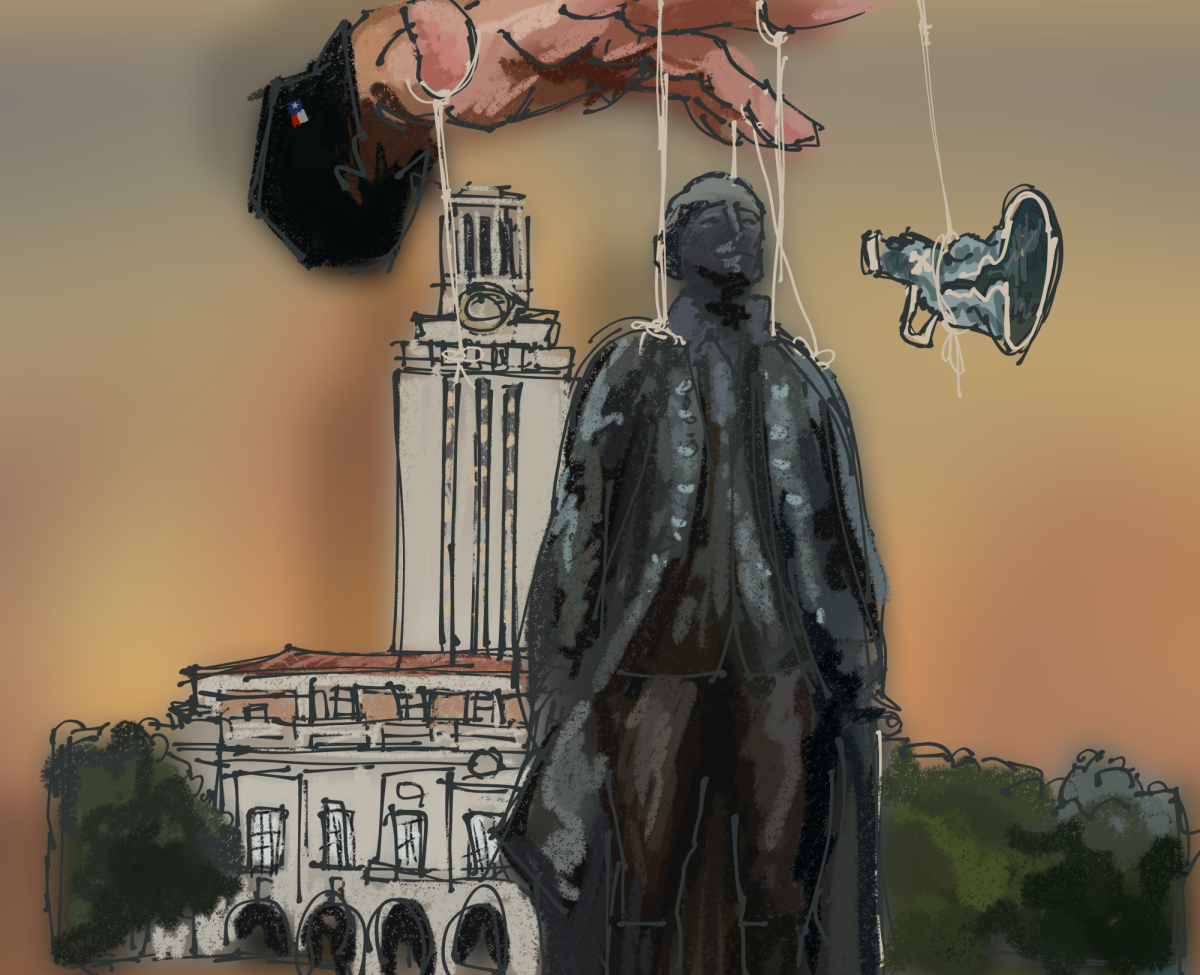Whether it’s academics, athletics or artistry, The University of Texas is renowned for its world class resources, faculty and staff. Unsurprisingly, meeting such high standards comes at a price. The cost of a UT degree continues to increase year after year, placing an additional burden on students and their families.
Students’ tuition money plays a crucial role in supporting the University’s mission to provide high-quality education. Therefore, we deserve to know specifically how our money is being allocated in order to achieve that goal, especially now that many in-person resources will be unavailable to students this fall while tuition continues to rise.
For the sake of transparency, I urge UT to provide students with an itemized tuition bill beginning spring 2021.
Currently, UT tuition receipts display one bulk payment without details on how money is distributed to different resources on campus. The University budget offers a small breakdown of where the money goes, but details are sparse.
Broad and unspecific descriptions of the University’s spending leave many students wondering if their money is appropriately spent on resources such as the Counseling and Mental Health Center, RecSports or University Health Services.
“Student tuition dollars are funneled directly into the University’s overall budget,” Joey Williams, director of communications for the Office of the Executive Vice President and Provost, said in an email. “In this case, no itemized information would be available to students.”
Currently, UT combines the money from tuition, public support, grants and other contributions into one overall budget. By pooling funds, UT blurs the lines regarding the flow of tuition dollars throughout the University. This system, in absence of itemized bills, reduces transparency and creates mistrust within the student body.
“I’m not sure if (tuition) money is being appropriately dispersed,” biomedical engineering senior Lydia Sevier said. “If billing was itemized, at least I could see where it goes.”
While it would be ideal for the University to charge items by the line, implementation could be challenging. If such a direct charge is impractical, alternative solutions still promote transparency.
For example, the University could provide the yearly cost of maintaining RecSports and what percentage of the cost is covered by student tuition. UT could then divide the cost of RecSports operations across the student population, providing a de facto itemized bill. Applying this strategy, at least for large University programs, could give students a clearer idea of how UT spends tuition money.
Spaces such as gyms and libraries may be unavailable this fall to students due to the COVID-19 pandemic. This could allow UT to redirect maintenance costs towards developing online courses and resources for students. However, without an itemized bill outlining such changes in funding, students won’t know.
“We recognize that teaching and learning will look different this year … but the cost to deliver our classes has not gone down,” Williams said.
Again, the problem is that without any insight as to where our money goes, it is impossible for students to determine whether or not they are getting the resources they pay thousands of dollars for. Students’ frustrations are only amplified in the face of this year’s tuition hike despite many classes moving online.
“Especially considering that UT increased tuition the last few years, I wish there would be an itemized bill,” said Callie Patten, international relations and global studies junior. “(UT) needs to account for resources students can’t use this semester, especially for those staying at home.”
The University holds us to high standards. Asking students to bear what may be the biggest financial responsibility of their lives is just one of them. Now, it’s time for students to hold the University to the same standards by demanding clarity surrounding our tuition dollars.
UT must prove to students that their needs are being met. Providing itemized billing will increase transparency, trust and accountability. Only then can students truly be informed.
Lee is a civil engineering junior from Plano, Texas.





















